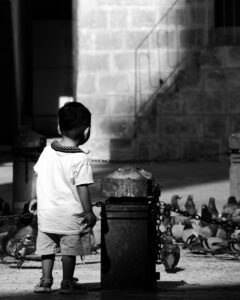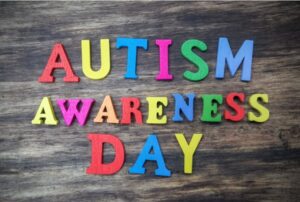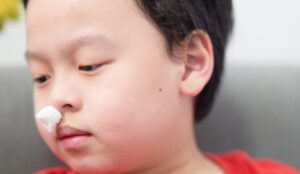Positive discipline is a parenting approach that emphasizes mutual respect, encouragement, and skill development rather than punishment. It focuses on teaching children how to become responsible, respectful, and resourceful members of society. By creating a positive and supportive environment, parents can guide children to improve their behavior and better understand their actions.
What are the Principles of Positive Discipline?
- Mutual Respect: Positive discipline is built on mutual respect between parents and children. This means recognizing and valuing each other's feelings, thoughts, and experiences. Parents demonstrate respectful behavior, teaching children to respect themselves and others.
- Encouragement: Positive discipline emphasizes praising and encouraging children's efforts and progress, rather than focusing on what they did wrong. This boosts their self-confidence and motivates them to keep trying.
- Effective Communication: Open, honest, and age-appropriate communication is the foundation of positive discipline. Parents should actively listen to their children and clearly express their own feelings and needs. This helps resolve conflicts and prevent misunderstandings.
- Problem-Solving Skills: Positive discipline teaches children how to solve problems themselves or seek help. By involving children in finding solutions, parents help them develop critical thinking and decision-making skills.
- Consistency and Fairness: Consistency in rules and consequences is crucial. Children need to know what is expected of them and the results of their actions. Fairness means applying rules and consequences uniformly and justly.
How to Practice Positive Discipline?
- Set Clear Expectations: Clearly explain the rules and the reasons behind them. Children need to understand what is expected of them and the importance of these expectations. For example, explain how household chores contribute to the family and teach responsibility.
- Natural and Logical Consequences: Allow children to experience the natural consequences of their actions in safe and appropriate situations. If this is not possible, implement logical consequences directly related to their behavior. For example, if a child refuses to wear a coat, they may feel cold (natural consequence). If they break a toy, they need to help repair it or save money to buy a new one (logical consequence).
- Use "Time-In" Instead of "Time-Out": Instead of isolating children for misbehavior, use "time-in" to stay with them, helping them calm down and reflect on their actions. This method strengthens the connection and provides opportunities to teach problem-solving and self-regulation skills.
- Positive Reinforcement: Praise and reward positive behavior to increase its likelihood of repetition. This can include verbal praise, small rewards, or extra playtime. The goal is to make children proud of their good behavior and encourage them to continue.
- Behavior Modeling: Children learn by observing their parents. Demonstrate the behavior you want your children to exhibit. Show respect, kindness, and patience in your interactions with others and your children.
- Family Meetings: Regular family meetings provide a platform to discuss problems, plan activities, and celebrate successes. They encourage open communication and collective problem-solving.
Positive discipline is a powerful parenting method that promotes children's healthy development and strong family relationships. By focusing on mutual respect, encouragement, and effective communication, parents can guide children to become responsible, respectful, and resourceful individuals. While there may be challenges along the way, the rewards of positive discipline are well worth it.
Reference: Mastering the Art of Positive Discipline: Gentle Techniques for a Happy Family - Child Development Institute (childdevelopmentinfo.com)













